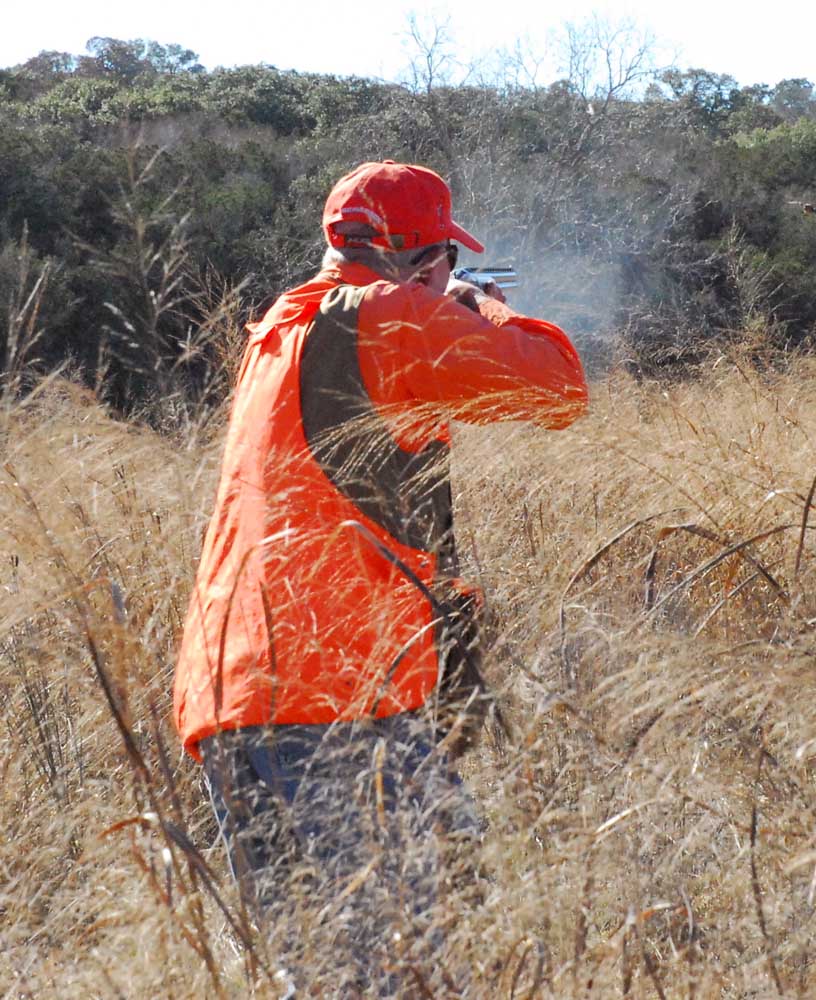Outdoors New Year: 2019-20 Texas Hunting/Fishing Licenses Go On Sale Aug. 15
Published 11:08 pm Friday, August 9, 2019

- Hunting and fishing licenses for 2019-2020 go on sale Aug. 15 in Texas. Revenue from the licenses and various stamps underwrite conservation programs and law enforcement to help protect the state’s wildlife and fisheries.
When I was a kid I used to look forward to Aug. 31. In those pre-historic times of the 20th Century, that was when hunting licenses went on sale, or at least when we bought ours.
Actually, when my dad and I would go to the local store to get ours would depend on when we were going dove hunting for the first time. We would buy them the night before or maybe even the morning of the hunt since it was only legal to dove hunt in the afternoon for some reason lost to time.
When I was first required to have a license it was a pretty simple procedure. You bought a hunting license to hunt and a fishing license to fish. There were no combination licenses, no Super Combos, no stamps, with the exception of the Federal Waterfowl stamp and no 10-day fishing license. And they were all written out by hand. You certainly could not buy them online because, well, there was no online since home computers were still in the future.
A combination license would hit the market a couple of years after I got my first license back in 1971. At the time, a resident hunting license sold for $3.25 and a fishing license was $2.15. Both were princely sums in an era when the minimum wage was $1.60. The Super Combo package showed up in 1996.
Buying a hunting license was a big thing back in those days. Not only did you buy your license, but you also stocked up on shotgun shells. They sold for about $1.19 a box and cases included 20 boxes instead of the 10 you get today.
It was also a time to visit with other hunters to see how their last season had gone and what they were expecting for the upcoming year and where they were headed. The crowds were so big in the mid-1970s, The Sportster in Tyler would set up tables outside on the sidewalk to take care of license buyers while those buying gear, guns and ammo would go inside.
This year, license sales open Aug. 15. And I am just as excited to buy a license as I was that first year. You see, I have crossed over the line. I now qualify for a Senior Super Combo. I join a crowd of about 80,000 other Texans who don’t mind eating supper early or paying $32 for their Super Combo package, after years of paying $68. Good things come to those who live long enough.
Of all the things in life you have to pay for I have never regretted having to buy hunting and fishing licenses. When I was young it was because of what it represented: the opportunity to go hunting and fishing. It also carried a cool factor ranking right up there with a driver’s license.
In my youth it was mostly hunting dove because that is what we had the most opportunity to do. When I got my first combination of licenses, hunting and driving, it was a lot of dove hunt. Gasoline was about 50 cents a gallon and I fortunately had a lot of access to farmland from Maypearl in Ellis County to south of Mansfield in Johnson County. After the last school bell rang in the afternoon in September it was time to go, and yes, we did carry our guns and ammo to school back then without it raising a question. Camo was not a thing so you just wore a green, tan or brown shirt and you were good to go.
As I got older and understood where the license money was going, that became just as important. Texas Parks and Wildlife Department takes in more than $100 million annually from all license sales. In 1989, the department took in about $30 million.
The good news is that the revenue, all of it, stays within TPWD for wildlife, fisheries and law enforcement despite rumors some of it is siphoned off for parks or even to fund other state agencies. Known as Fund 9 (parks revenue goes into Fund 64), the fund also includes revenue from boat registration and titling, oil & gas royalties and revenue from production on TPWD property, game violation fines and more.
Some of it would probably be hijacked except for a federal law mandating states keep the license money in fish and wildlife funds. To do differently would be to risk federal funding based on license sales.
However, despite how much the department takes in, it can only spend what the Legislature appropriates. And it does not appropriate all of it. In fact for the upcoming budget year the department will be carrying a balance of almost $74 million. About $53 million of that is money taken in from the various conservation stamps and is protected for specific, yet to date, unapproved projects.
As for the remaining $20 million or so, a skeptical person would say that is buried in the bank to help legislators look like they are balancing the budget.
For the most part license and stamp fees have gone unchanged for a decade. Neither has the excitement of the meaning of buying one each year.
For information on license fees, online purchase and more go to https://tpwd.texas.gov/business/licenses/online_sales/.






